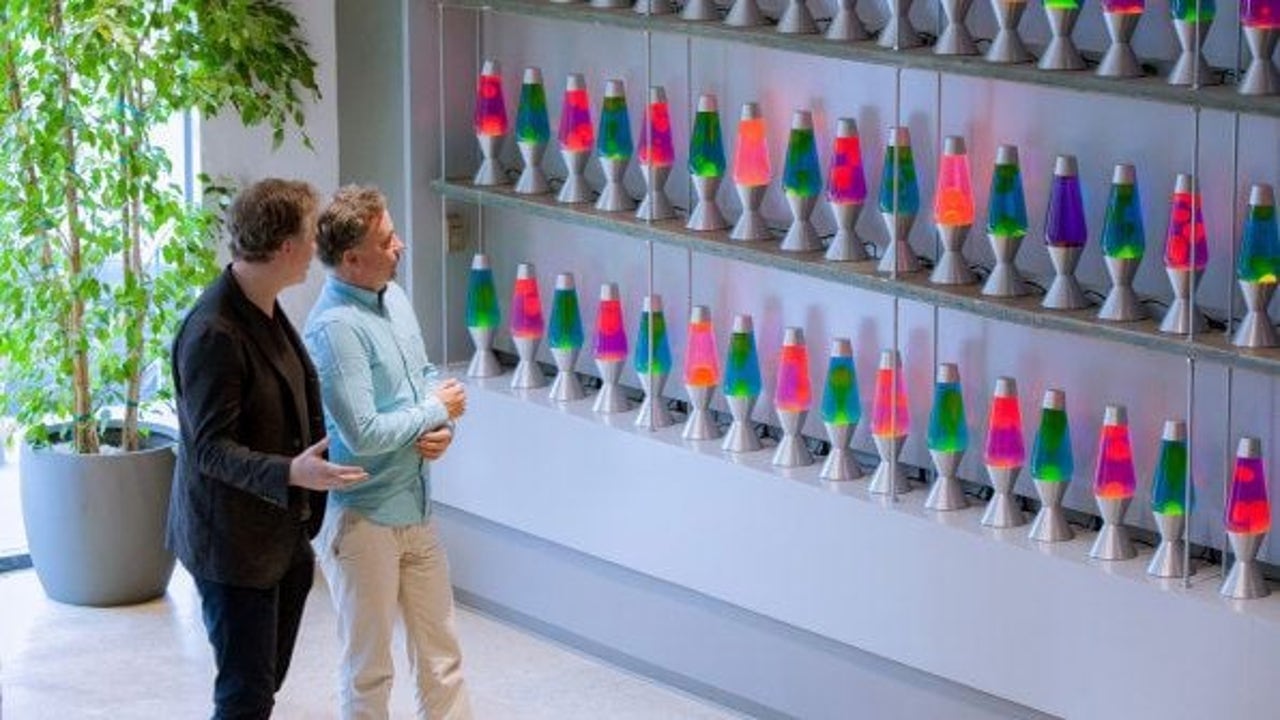Cyberattacks produce billions of euros in losses every year and target all targets: from city councils, companies, nuclear power plants and people of interest. To protect themselves from them, specialized firms create increasingly complex and sometimes strange barrierslike lava lamps.
Computers work on logic, based on “if-then” statements: if certain conditions are met, then perform the specified action. The same input in a program always gives the same result. This is like this due to design. An input or instruction must lead to an expected result, otherwise complete chaos is generated in which a printer prints random texts, a telephone calls any number or a computer opens a program other than the one requested. The Computers are only useful because of their (relative) reliability and predictability. However, that predictability is the last thing you want when it comes to generating secure encryption keys that cannot be logically anticipated. Some computer programs are good at simulating randomness, but not good enough at creating encryption keys.
Randomness is the key in this context and the best source of random data to “feed” a computer is not a computer program, but reality, since most events in the physical world are unpredictable. And one of the Most reliable random data sources is the lava lamp: The “lava” inside never takes the same shape twice, and as a result, observing a group of lava lamps is a great source of random data.
With this in mind, the company Cloudflare He has arranged about 100 lava lamps on one of the walls of the lobby from their offices and has set up a camera pointing towards them. The camera takes photos of the lamps at regular intervals and sends the images to the servers. Images are stored by computers as a series of numbers, and each pixel has its own numerical value, so each image becomes a completely random string of numbers that servers can use as a starting point to create encryption keys. safe.
Logically, being in a busy place, someone often puts themselves between the lamps and the camera, what happens in these cases? They take advantage of it and the obstructions too they become part of the randomness making the key even more complex.
But lava lamps aren't the only source of randomness. Cloudflare has two other offices, in London and Singapore. In the first photographs are taken of a double pendulum system (a pendulum connected to another pendulum, whose movements are mathematically unpredictable). The Singapore office, for its part, measures the radioactive decay of a small sphere of uranium, an amount small enough to be harmless.

